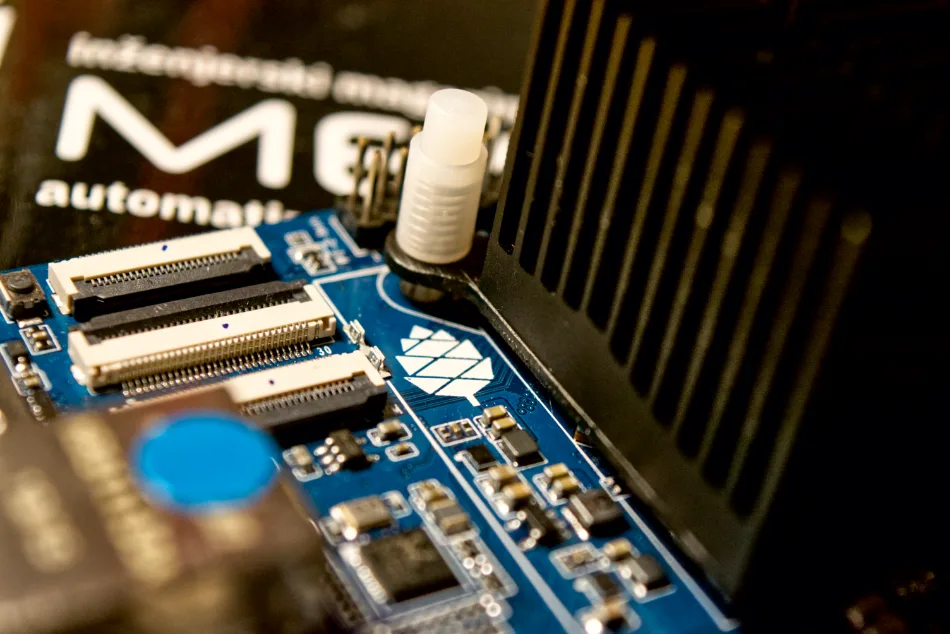Pine64 RockPro64
The RockPro 64 is a poweful SBC on the RK3399 platform. It features a lot of expandability and power in a pretty cheap system, while seriously outperforming the competitors.
Pros
- Fast and powerful
- Ports galore
Cons
- Software support worse than on some competitors
About a month ago, we’ve gotten our hands on another prominent SBC: the Pine64 RockPro64. Here are our thoughts and opinions on this piece of hardware, as well as several accessories for it.
All the hardware reviewed here has been sent to us by Pine64, the company behind this, and several other SBCs, as well as some other devices oriented towards Linux development.

The RockPro64 launched back in 2018, with an impressive amount of RAM for an SBC (2 or 4 GB), a fast, hexa-core RK3399 SoC and an outstanding array of various connectors. Its main downfall at the time was lackluster software support, an issue that plagues many ARM-based SBCs, but thankfully, the issue has been almost completely mitigated by now.

Our first impressions of the board were great. Aside from itself, we’ve also received a heatsink, 16GB eMMC module with its USB adapter, power supply and a SATA-to-PCIe x4 adapter.
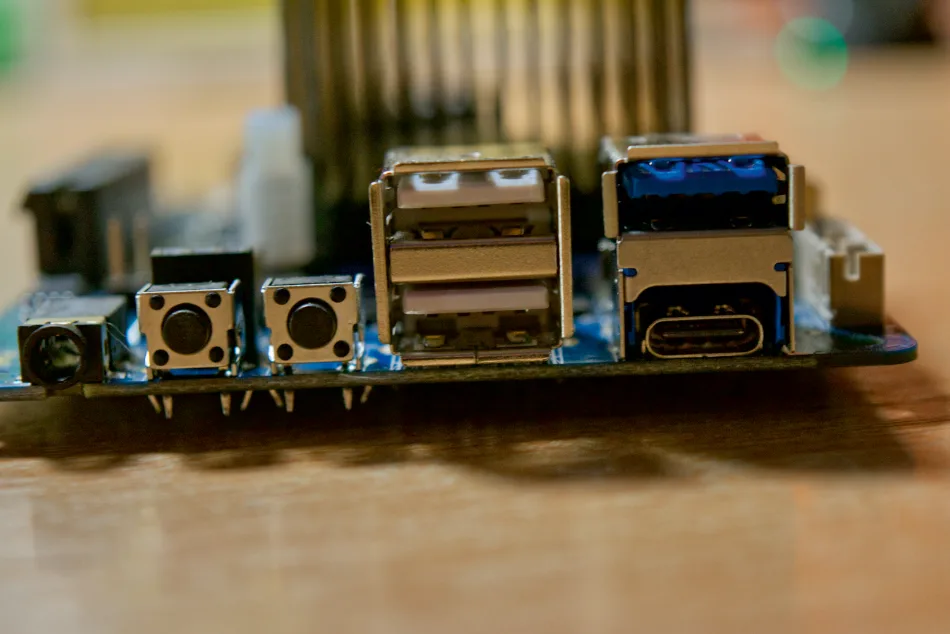
Let’s start with the IO. The Pine64 RockPro64 comes equipped with two USB2.0 ports, one USB 3.0 port, a USB C port with DisplayPort 1.2, one full-sized HDMI port, one true gigabit-ethernet port, an SD-card slot, a headphone jack and a PCIe x4 connector. It also features a Raspberry Pi-compatible 40-pin GPIO header, dual-MIPI ports for camera connection, headers for attaching a real-time-clock battery and a fan, as well as connectors for touchscreens, WiFi and Bluetooth modules and IR receivers. Most importantly, a 9V barrel jack is used for powering the board up – which means that the USB-C port is actually freely available for use, unlike with some other SBCs out there. This all is an impressive feat – it’s probably the largest amount of various connectors on one SBC we’ve seen in a while. This all makes the platform very versatile and usable in a wide variety of scenarios.

Another great feature is the ability to boot from eMMC modules that can be snapped on to a connector on the board. These modules can also be snapped to a provided adapter. It’s then possible to flash OS images the same way they’d be flashed to a standard USB stick. The modules serve as the main system partition, and speeds the OS up by quite a bit. In fact, comparing the read/write throughput speeds on the eMMC module to a system based on SD cards, we’re seeing a huge difference:
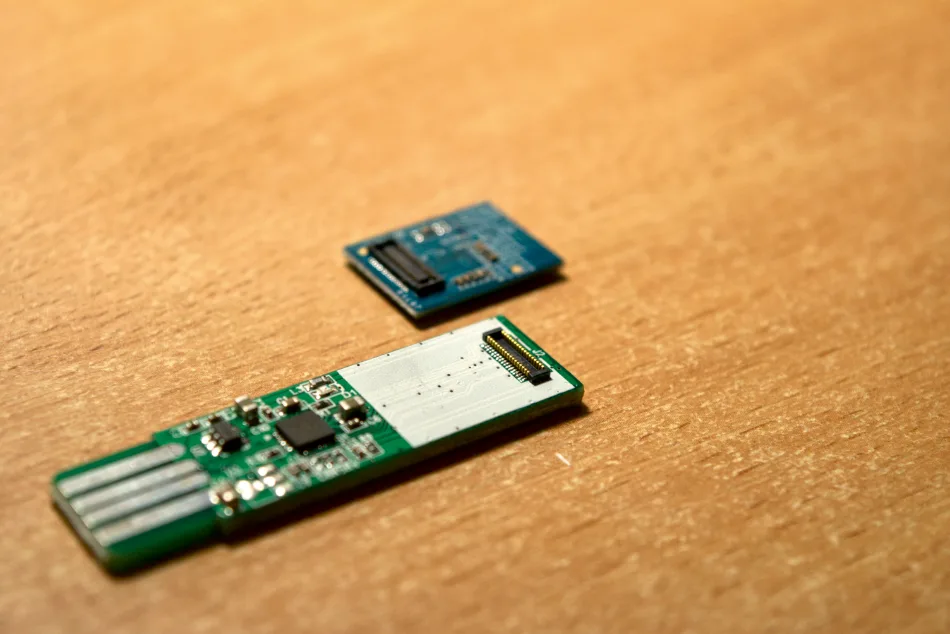
|
eMMC |
SD | |
|
512B files, 1000x |
96.5 MBPS |
2.1 MBPS |
|
512kB files, 100x |
281 MBPS |
30.5 MBPS |
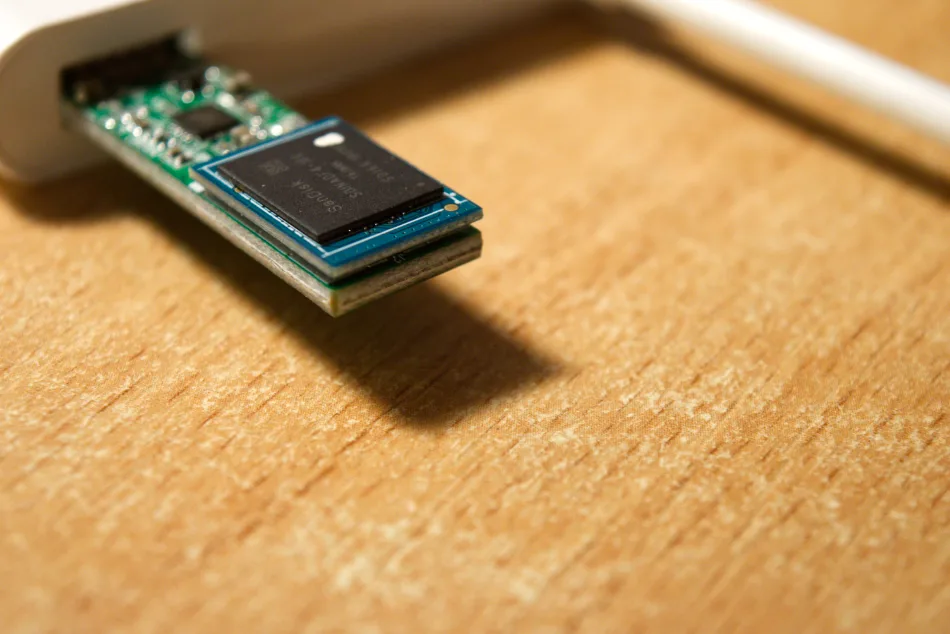
We’ve also compared the USB 3.0 interface speeds of the Raspberry Pi 4 and the RockPro64 with an external HDD, and got these results:
|
RPi4 |
RockPro64 | |
|
512B files, 1000x |
53.7 kBPS |
2 MBPS |
|
512kB files, 100x |
3.6 MBPS |
6.2 MBPS |

This is not all, though. We’ve tested the SATA adapter, an accessory that can be bought separately, which adds four SATA ports to the SBC. It’s a PCIe-based accessory, using that port for communication for the board. We’ve tested the system with a 1TB Samsung HDD and a 256GB Kingston SSD, and the results we’ve gathered are:
|
HDD |
SSD | |
|
512B files, 1000x |
26.1 kBPS |
430 kBPS |
|
512kB files, 100x |
9 MBPS |
320 MBPS |
This means that the RockPro64, unlike many other SBCs can utilize proper SATA mass storage hardware at full speed, making it the best board for running as a NAS or a local database where fast storage is crucial.

One of the downsides of the RockPro is its size. It’s big – and by big we mean more than twice the size of most other SBCs. Another downside is its lack of on-board Bluetooth and WiFi. You need an additional module for it, which has been reported as buggy in most major Linux OS-s.
What about performance though? The system is equipped with a Rockchip RK3399 processor, featuring a 6-core cluster in a BIG.little architecture – four A53 cores and two A73 cores. It also features the Mali T860 MP4 GPU. Our unit also features 4 GB of LPDDR4 RAM.

The first OS we’ve booted up is Ubuntu, which sadly just did not deliver. The hardware was being held back by an entire range of bugs and unoptimized software. This was to such an extent that video playback in Chromium refused to work.
Then came Armbian. Both the Bionic and Stretch flavours, based on Ubuntu and Debian, respectively. This OS has a hand-tailored version for the board which makes it run like a charm. Everything is snappy, quick and responsive. LibreOffice programs usually open in less than 4 seconds, which is a respectable result. Chromium works a treat, and video playback works with no dropped frames even at 1080p. We’ve run a few benchmarks and compared the results to the same benchmarks ran on a RPi4.
We can see that, despite being a year older, the RockPro64 beats the RPi4 at almost every benchmark, except the Octane one. We do suspect that this is partly due to software still lagging behind on the RockPro64, but even so, it’s nothing that holds that seriously halts the board.
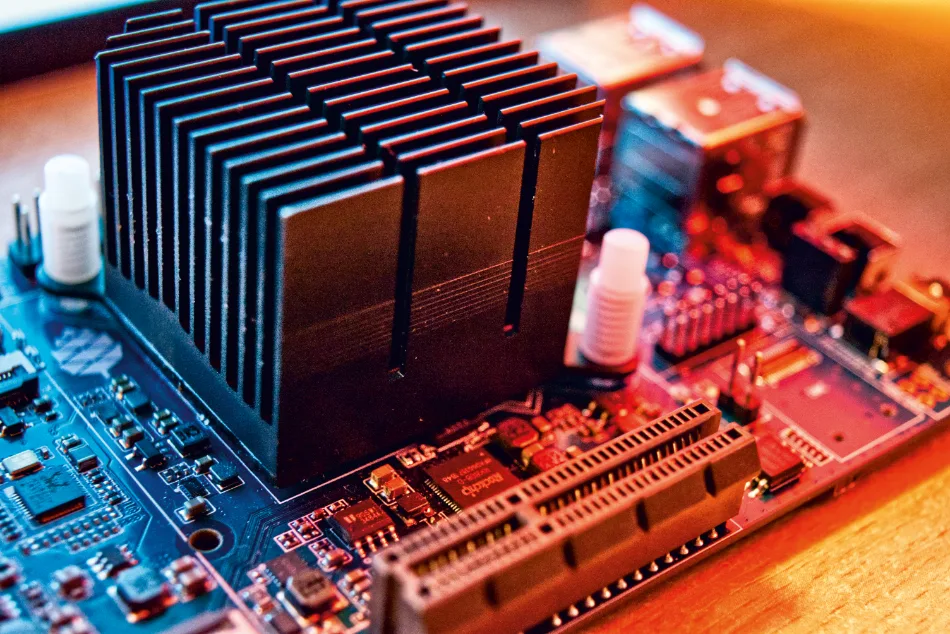
The extensive IO is compatible with everything we threw at it, and worked like a charm. This, together with the amazing performance and the speedy storage all adds up to a board that is more than suited to be used as a PLC for non-critical tasks.
And so we reach our final point, thermals. Since the provided heatsink came with a silicone thermal pad, the installation was very straightforward. The board features two holes that the spring-loaded mounting pins click into. The heatsink also sits atop the RAM chips. The point is, this passively cooled setup keeps the SoC running at less than 50°C under full load. On the other hand, the heatsink is a must, because without it, the SoC throttles down due to thermal stress rather quickly.
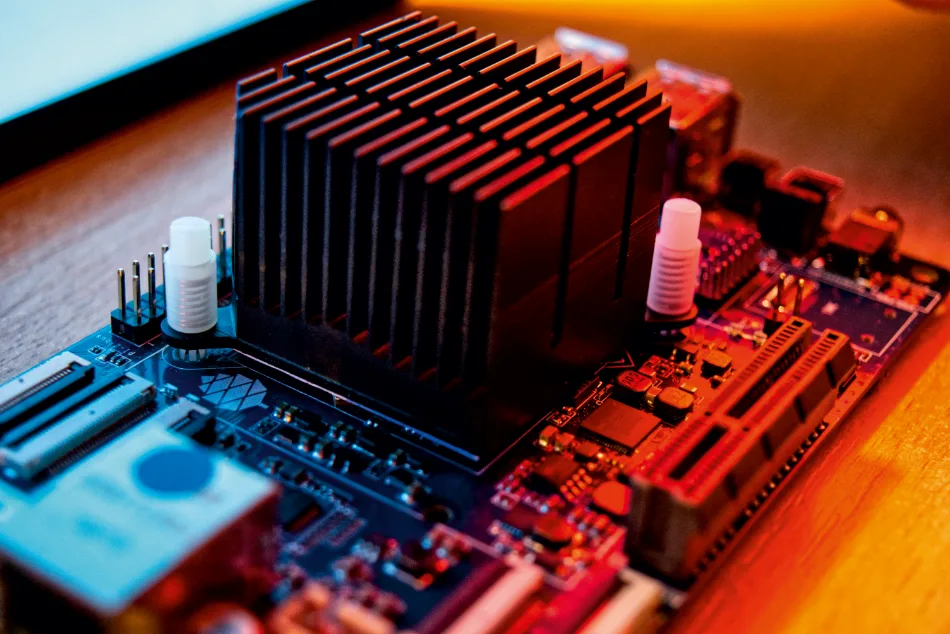
All in all, the RockPro64 is an amazingly versatile SBC. It is well equipped with GPIO, while blowing the competition out of the water with its memory speeds and sheer processing power. On the other hand, it’s being held back by software bugs and a relatively small community. This is why we think it’s not suitable as a learning platform for students, but instead for NAS and other types of servers and non-critical PLC applications where fast computation is key.
More: www.pine64.org
- teenage engineering OP-XY review: after dark - 06/01/2025
- Mehatronika interviews: Rodrigo Sim - 05/17/2025
- LattePanda Mu i3-N305 review: More power - 03/16/2025
